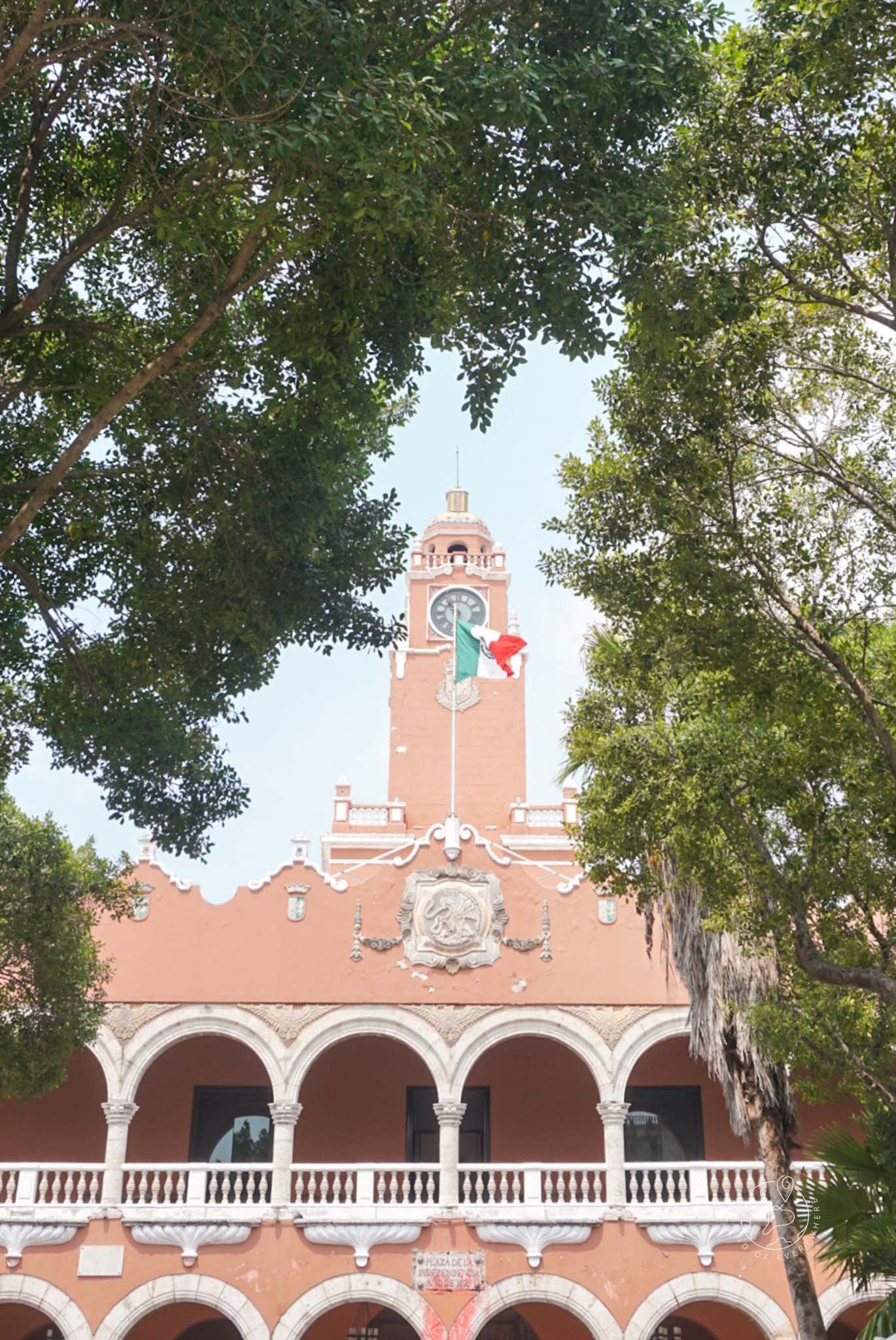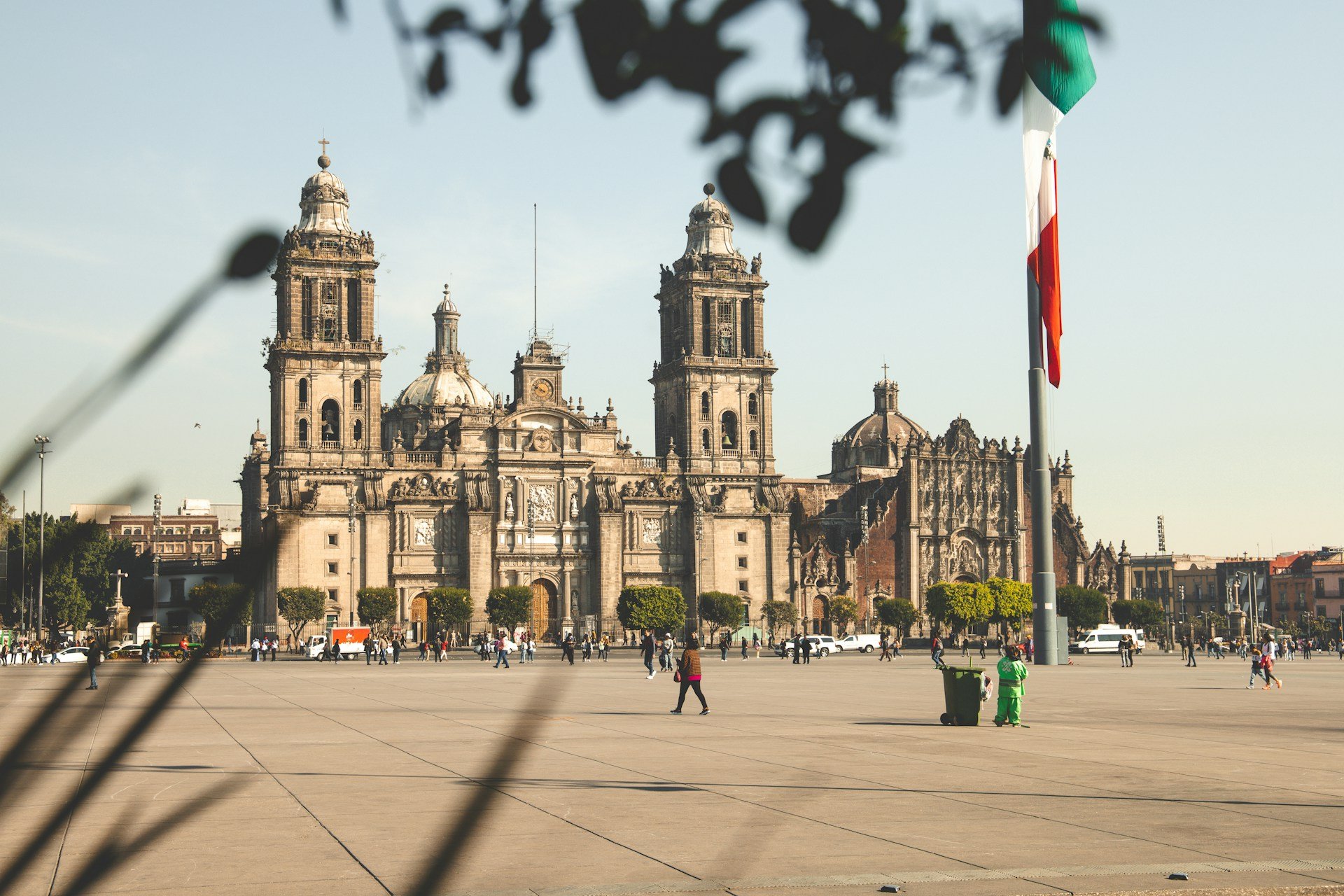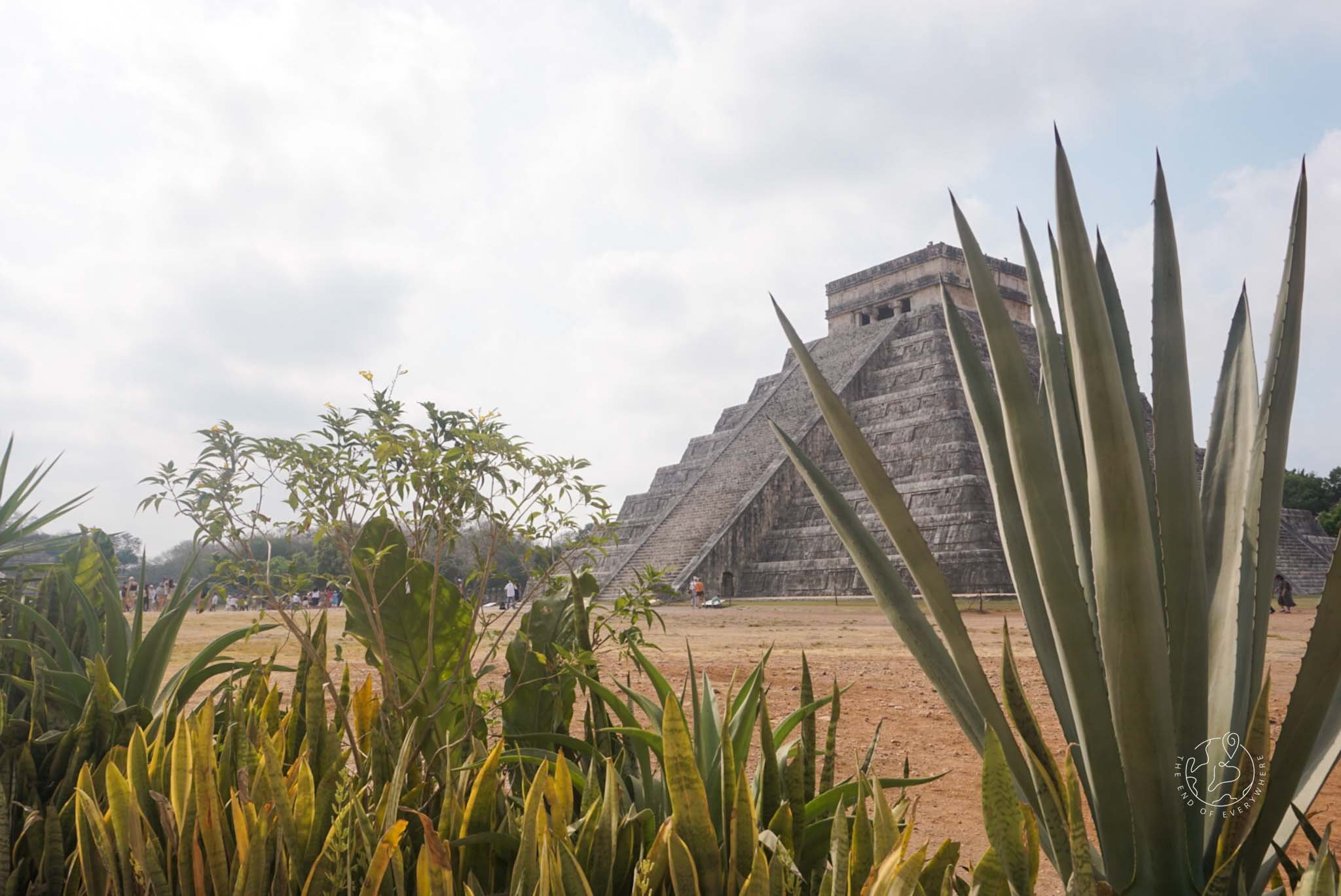Easter in the Yucatan
Merida, capital of the Yucatan state in Mexico
We left Valladolid and headed north to the little fishing village of El Cuyo. on the north coast of the Yucatan peninsular, it is a little less known than the mega resorts of Cancun, Playa del Carmen and Tulum, so we made our way there in search of a peaceful Easter weekend.
When we arrived and walked down to the beach in time for sunset, we were very pleased with our choices. We’d found a wild place with not much other than a few fishing boats and kitesurfers. We watched the sky turn pink and looked forward to returning to the sandy beach the next morning.
The next day - Easter Sunday - was an entirely different story. Maybe we got too cocky with the empty beach of the evening before, but we had a lie in and didn’t get an early start like we normally do on beach days. By the time we walked down to the sand, every inch of beach was full!
To be honest, we didn’t expect there to be a quieit beach in Mexico over easter. If there is, we didn’t find it! But we’re not complaining. Easter is a major holiday and it was nice to see local families out celebrating, even if it did mean sharing the beach. We are just glad we didn’t end up in an overdeveloped, over expensive resort town.
We spent two days relaxing there. It seems the long weekend is not a thing in Mexico, because the tranquil vibes were restored by Monday. The temperatures were high but beers from the bar and a nice breeze kept us cool under the sun.
All in all, El Cuyo was just about perfect for us. A simple, traditional fishing village with a couple of shops and cafes to keep us going over a long and lazy weekend.
Brushing off the sand, we headed back in land to the capital of the Yucatan region, Merida. It was the biggest city we’ve been in for quite some time!
We enjoyed the benefits of being back in a city - visiting museums, cafes and restaurants… we even went to the cinema! Graeme had been dying to get the cinema experience for the new Dune movie, and as we found a cinema that was showing the English language version we thought a date night would be nice. What an amazing film!
Merida is known for its rich Mayan cultural heritage, colonial architecture, and vibrant atmosphere.
We stayed just off the famous Paseo de Montejo - a famous avenue named after Francisco de Montejo, the Spanish conquistador who founded the city. The avenue is lined with elegant mansions, colonial-style buildings, and palm trees, reflecting the city's affluent past.
It’s also where the incredible "Monumento a la Patria" (Monument to the Fatherland), is located - a massive monument celebrating Mexico's history and independence, featuring sculptures depicting significant events and figures from Mexican history.
We also spend a really interesting day learning about Mayan history and daily life at The Gran Museo del Mundo Maya (Great Museum of the Mayan World).
The exhibits explain the rich heritage and history of the Maya civilization, spanning thousands of years through artifacts, artworks, and interactive displays that offer insights into Mayan culture, architecture, religion, and daily life. We learnt about our birth signs according to the Mayan calendar, which was pretty cool!
The city itself is full of colorful buildings, markets, and a lively cultural scene with street performances and concerts almost daily.
Whilst we were there we had to take the chance to see a recreation of the ancient Mayan ball games we had learnt about at the historical sites we had visited. It was amazing!
A small court was set up outside the cathedral complete with chairs for spectators. The players used only their hips to get the ball through a hoop shaped goal. At the sites we’ve visited across Mexico so far, the hoops are incredibly high! Much higher than this reenactment! It’s wild to think anyone ever scored.
Mayan ball games were an integral part of Maya culture, serving both ritualistic and recreational purposes. These games often had religious significance, with rituals performed before and after matches - winners were sometimes honored, while losers might face sacrifice.
This recreation takes place every Saturday night at 8pm in front of the cathedral in Merida and is great fun to watch with other tourists and local families in the crowd. We stopped for a cheeky mezcal on our way home and continued to see street performances and parades - it was so nice to see this side to life in Mexico.
We spent one day venturing outside of the Merida on a trip to ‘The Yellow City.’ We hopped on the colectivo from the centre to Izamal, a town known for its distinctive yellow-painted buildings.
Visiting here was a great way to get a glimpse into both Mexico’s colonial past and Mayan heritage. It’s also such a pretty place to walk around, just looking at the yellow buildings against the blue sky.
One of its most iconic landmarks is the Convento de San Antonio de Padua right in the centre of town. The convent is from the 16th-century but it was built on top of a pre-Columbian pyramid. Within walking distance of the centre are other archaeological sites and ancient Mayan pyramids. It was a really nice way to spend half a day but the intense heat - 39 degrees! - meant it was impossible to spend as long as we wanted simply meandering around the town.
Our time in Merida was also the end of our 2 weeks on the Yucatan peninsular. It is certainly a beautiful place and we had a lot of fun, but we were looking forward to venturing a little off the beaten path and into the jungles and mountains of Chiapas.
Related Content

























